The Test System and Comments -

Our test system is built on an open bench. This has two effects on testing. First it allows us to see everything and also to setup and disassemble the test rigs quickly. Second it means that we cannot gauge the potential air flow found in a normal case. The air is pretty stagnant; some may say this is a great neutral testing method and it can be. However, it does mean that the temperature reading taken off of the components are not accurate to what an average consumer would see. This means that your thermal performance will vary from what we see here. As we have said before Asus understands the fact that many of today’s motherboards are very close in terms of specification and even the performance envelope you can expect them to operate in. Of course there are always going to be differences, and yes some boards will perform better than others (due to design components etc) but for the most part things are getting closer and closer. This is even more true now that Intel is putting everything on the CPU (something that AMD talked about for years, but never really managed to pull off). It is because of this that we see the improvement in the feature set that are being delivered on motherboards.
On the Asus Maximus V Gene the feature set is simply impressive. Between the audio segmentation and the add-in card for WiFi or even a MicroSATA SSD there is not really anything like it on the market right now. Unfortunately during our testing we discovered that our call on the length of the SSD card that would fit into the mPCIe combo card was off by about 3mm. You cannot put a 72mm SSD card into this and have it fit. It is just too big. Unfortunately out 55mm card is in another system and not easily removed or we would have dropped that in. don’t worry though, we have plans to spend some additional quality time with the Maximus V Gene both with Ivy Bridge and Sandy Bridge.
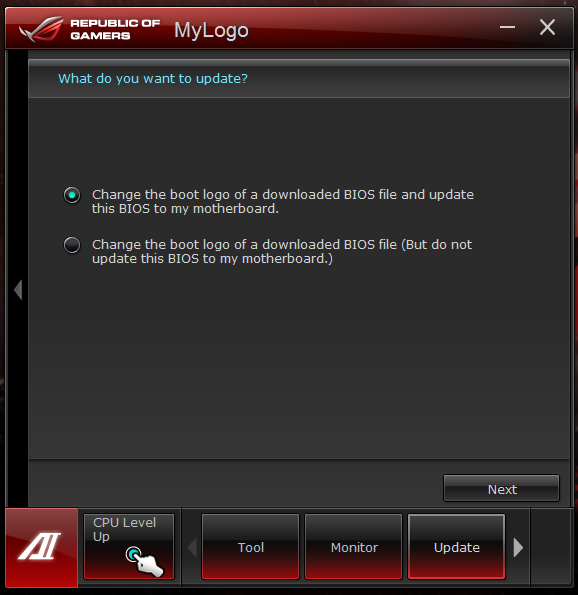 |
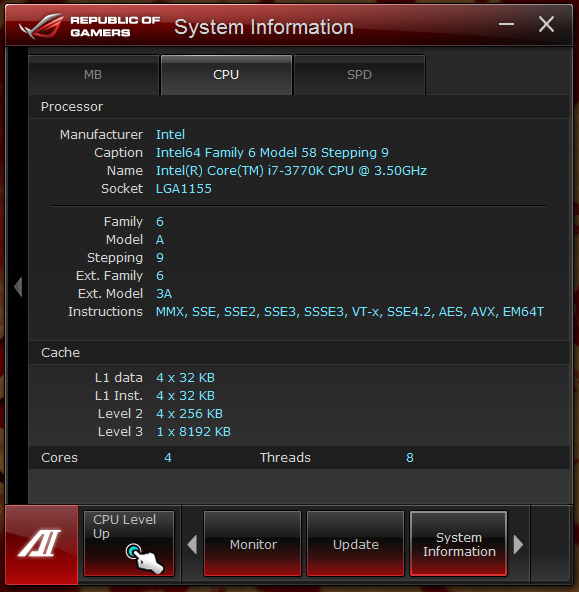 |
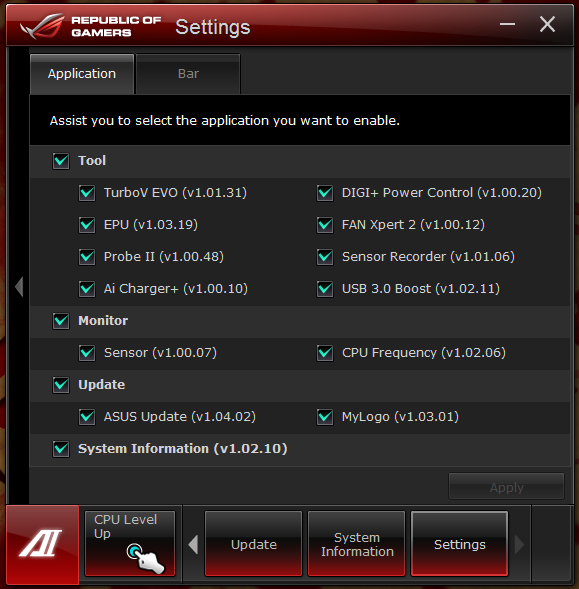 |
On the other side of the coin Asus has really ramped up the tools at your disposal in the AI Suite II. You have tools like EPU, FanXpert2, AiCharger and USB 3.0 Boost. All are available in the AI Suite II utility. As you can see below, there is a lot you can do with this one tool. Some of these options we will talk about more in their respective sections.
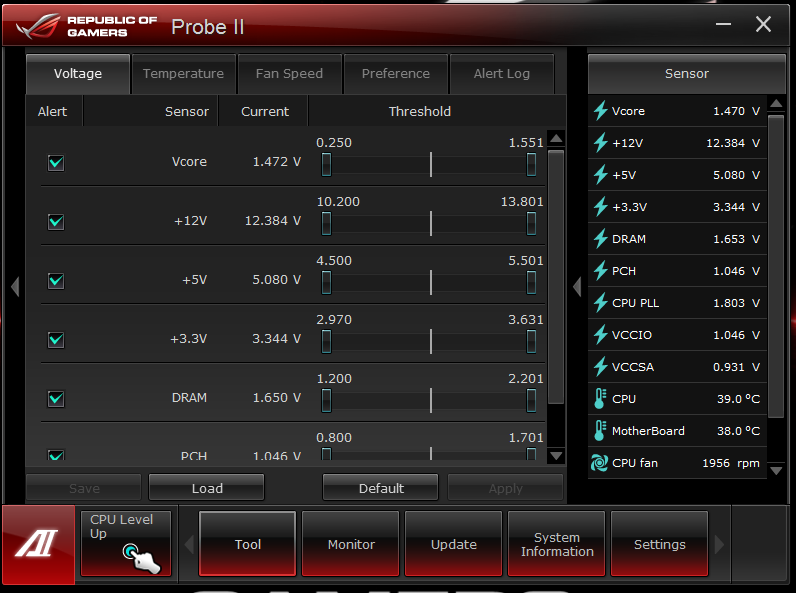 |
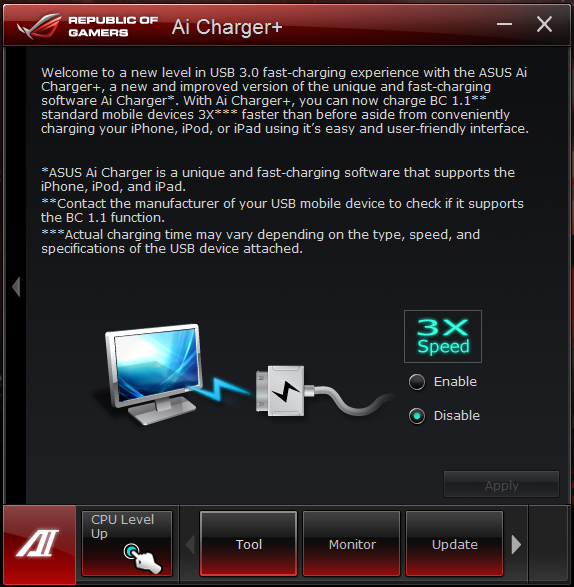 |
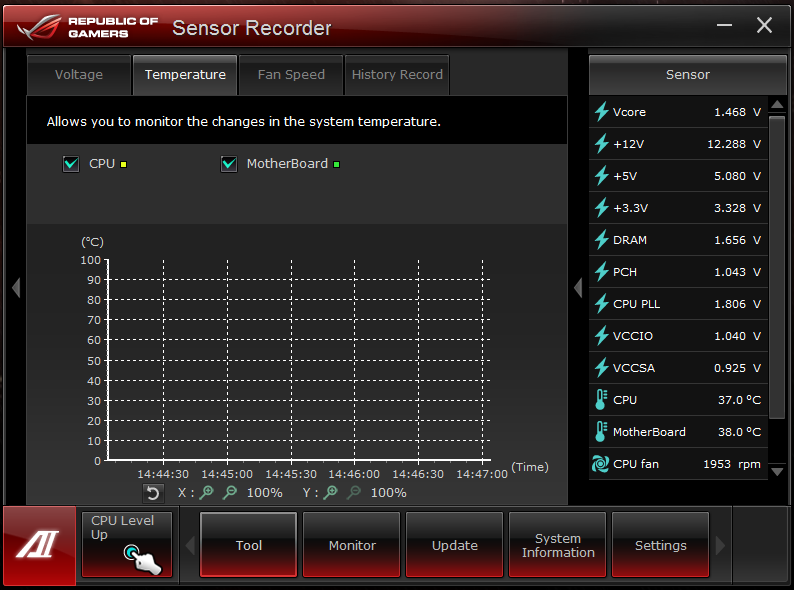 |
Performance testing overview -
Our testing is a little different than most. We combine both synthetic and real-world applications to simulate the types of performance common to the individual products. For motherboards this means that we run roughly six synthetic tests and two real-world. We will be expanding the real-world testing in the near future. But there is more to performance than just the raw numbers. As there are multiple components and sub-components on a motherboard there each item can have a distinct impact on the way the product will perform once you get it in your system. It is important to note not only the actual results but what they mean to you as a potential consumer. We will try to give this information to you. But we do not just cover the performance aspects that are measurable. We also talk about the components that might not have a direct benchmark. These are items like Audio Quality, ease of use and installation.

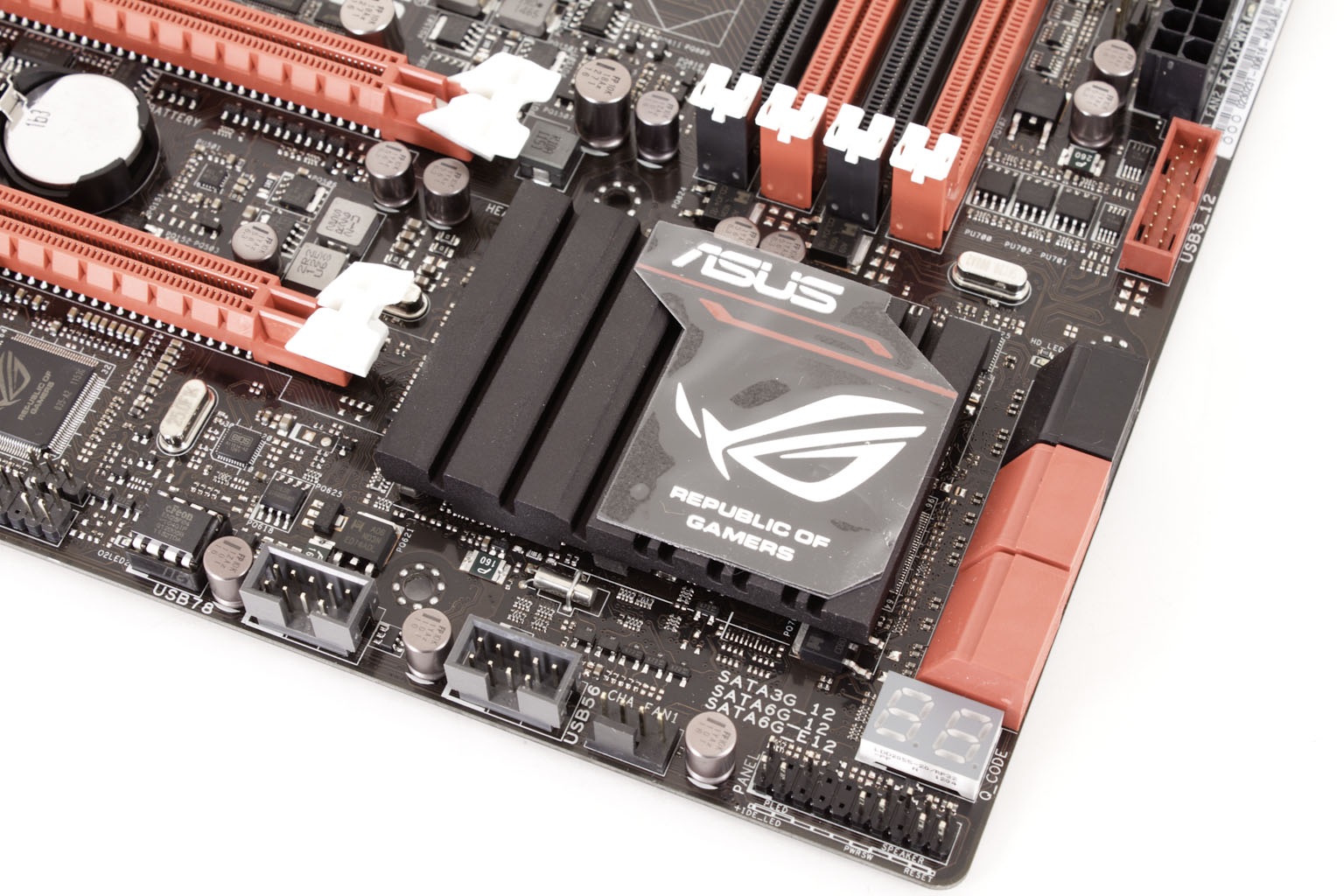 After seeing what new features Asus is bringing to the table with the
After seeing what new features Asus is bringing to the table with the 

